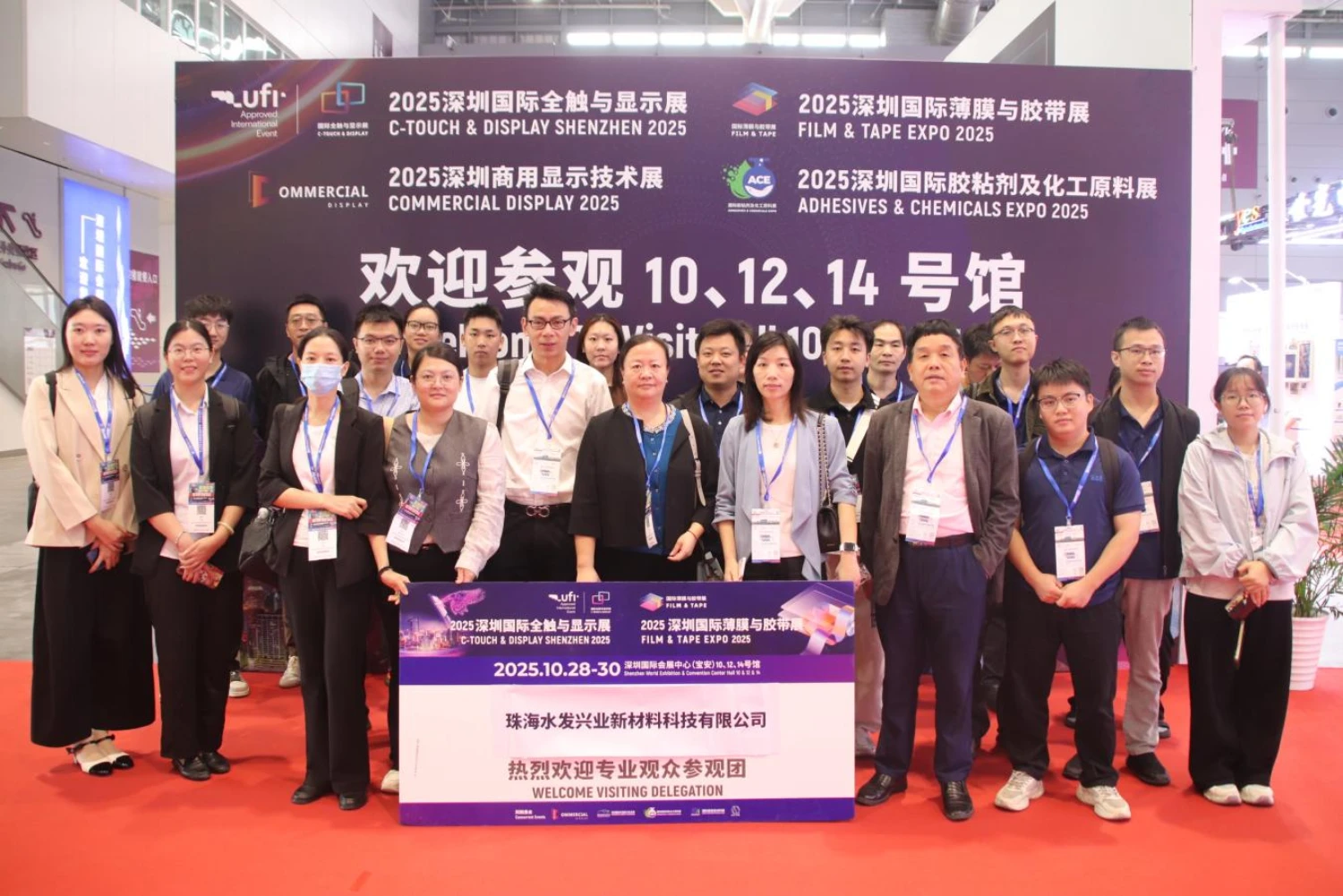In recent years, glass bottles have gained popularity as a sustainable alternative to plastic packaging. While they are often lauded for their recyclability and aesthetic appeal, it is crucial to examine the disadvantages that accompany their use. This article delves into the multifaceted drawbacks of glass bottles, exploring their environmental impact, economic implications, and practical limitations.
- Environmental Impact
1.1 Energy Consumption in Production
The production of glass bottles is an energy-intensive process. The raw materials—silica sand, soda ash, and limestone—must be heated to extremely high temperatures (around 1,700 degrees Celsius) to form glass. This process consumes significant amounts of fossil fuels, contributing to greenhouse gas emissions. In contrast, the production of plastic bottles, while still energy-consuming, generally requires less energy, making it a more efficient option from a production standpoint.
1.2 Transportation Footprint
Glass bottles are considerably heavier than their plastic counterparts, leading to increased transportation costs and carbon emissions. The weight of glass not only affects shipping costs but also necessitates more fuel consumption during transport. This added weight can negate some of the environmental benefits associated with recycling glass, as the overall carbon footprint may be higher when considering the entire lifecycle of the product.
- Economic Implications
2.1 Higher Production Costs
The manufacturing process for glass bottles is more expensive than that of plastic bottles. This is due to the high energy requirements and the cost of raw materials. As a result, products packaged in glass often come with a higher price tag, which can deter consumers who are price-sensitive. This economic barrier can limit the market reach of glass-packaged products, particularly in developing regions where affordability is a significant concern.
2.2 Recycling Challenges
While glass is recyclable, the recycling process is not without its challenges. Many recycling facilities are not equipped to handle glass, leading to lower recycling rates. Additionally, glass can break during collection and transportation, resulting in waste that cannot be recycled. The cost of recycling glass can also be higher than that of plastic, as it requires specialized facilities and processes. This economic burden can discourage municipalities from investing in glass recycling programs.
- Practical Limitations
3.1 Fragility and Safety Concerns
One of the most significant disadvantages of glass bottles is their fragility. Glass is prone to breakage, which poses safety risks in various settings, from homes to restaurants. Broken glass can lead to injuries and requires careful cleanup, adding to the overall cost of using glass packaging. In contrast, plastic bottles are more durable and less likely to shatter, making them a safer option for many consumers.
3.2 Limited Versatility
Glass bottles are not as versatile as plastic bottles in terms of design and functionality. For instance, plastic can be molded into various shapes and sizes, allowing for innovative packaging solutions that enhance user experience. Glass, while aesthetically pleasing, is often limited to traditional bottle shapes, which may not meet the diverse needs of consumers. Additionally, glass is not suitable for all types of products, particularly those that require flexibility or are sensitive to light and air.
Conclusion
While glass bottles are often perceived as a more environmentally friendly option, it is essential to consider their disadvantages. From high energy consumption and transportation costs to practical limitations such as fragility and higher production costs, the drawbacks of glass packaging cannot be overlooked. As consumers and businesses strive for sustainability, it is crucial to weigh the pros and cons of different packaging materials carefully. Understanding the hidden costs associated with glass bottles can lead to more informed choices that balance environmental responsibility with practicality and economic viability.






